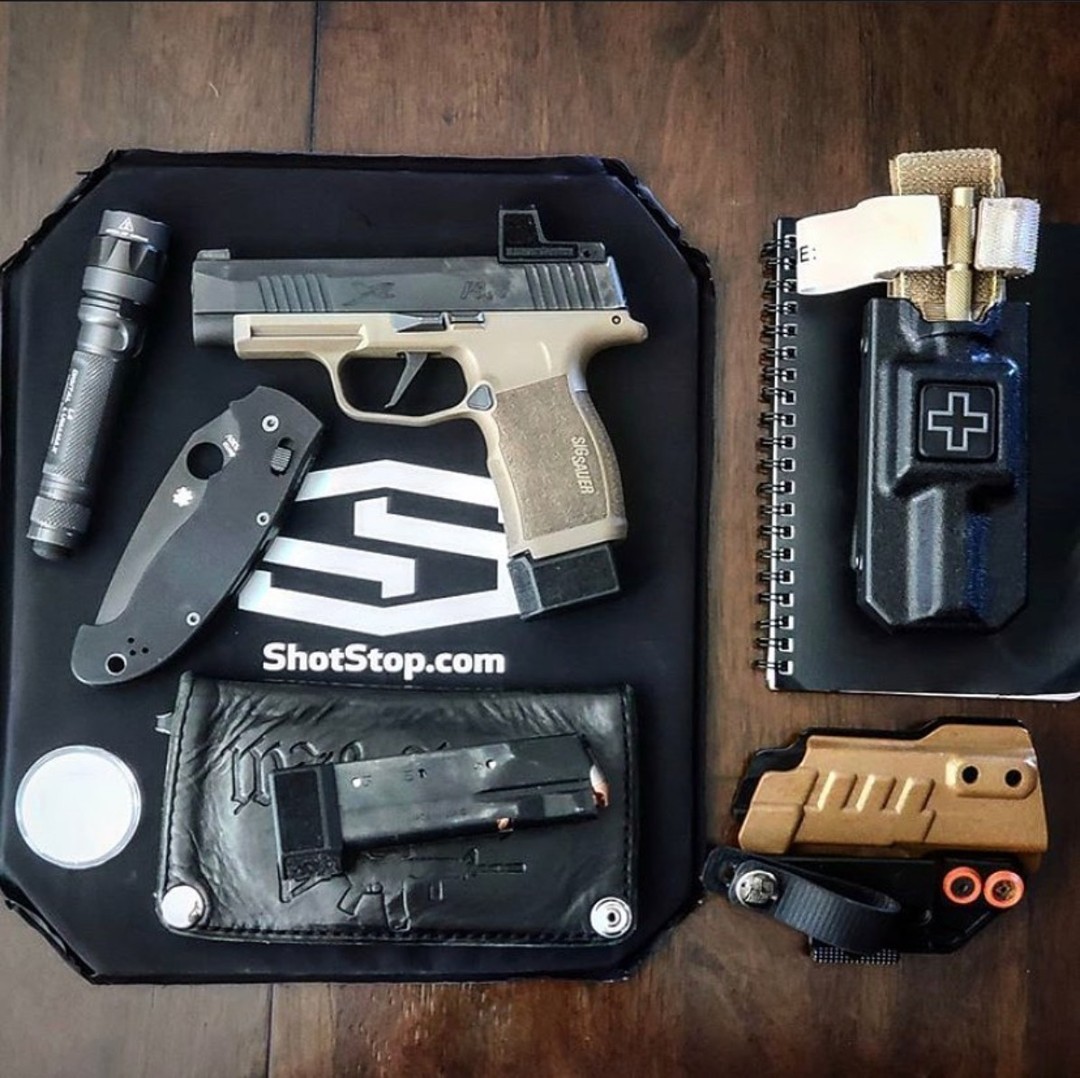
Soft body armor is a type of personal protective equipment (PPE) that is designed to protect the wearer’s torso from bullets, shrapnel, and other forms of physical trauma.
It is typically made of high-strength, lightweight materials such as Kevlar, Twaron, or our Duritium technology, which are able to absorb and dissipate the impact energy of most handgun rounds.
Unlike hard body armor, which is made of rigid materials such as steel or ceramic, soft body armor is flexible and comfortable to wear for extended periods of time.
In this blog, you’ll find everything you need to understand Level 3A soft body armor.
Level 3a Soft Body Armor
According to the NIJ, Level IIIA body armor defeats a .357 Sig FMJ Flat Nose (FN) weighing less than 8.1 grams or 125 grain.
The muzzle velocity must be under 1,470 ft/per second at this weight for a Level IIIA to stop the bullet.
Level IIIA will also defeat a .44 Magnum Semi Jacketed Hollow Point (SJHP) if it weighs less than 15.6 grams (240 gr) and has a muzzle velocity of slower than 1,430 ft/s.
Level IIIA armor that has been conditioned can defeat a .357 Sig FMJ FN weighing 125 grain, but with a reduced velocity of 1,410 ft/s.
A .44 Magnum SJHP weighing 240 grain and a muzzle velocity of 1,340 ft/s will NOT penetrate a conditioned Level IIIA soft armor system.
ShotStop Level 3a Soft Body Armor
BallisticBoard® IIIA, made with Duritium® technology, is an ultra-light, ultra-thin ballistic material that is developed and manufactured in the USA to withstand multiple shot impacts from handgun rounds.
The 10” x 12” x .26” BallisticBoard IIIA rigid insert weighs just 1.2 lbs. and is perfect for placing in a backpack, computer bag, luggage, or even a plate carrier.
Ballistic tested by accredited laboratories to exceed national industry standards, BallisticBoard is your answer to safety, security, and the confidence that you or your loved one is protected.
What is Conditioned Soft Body Armor
Conditioned armor emulates the environmental conditions that the wearer of the armor will be exposed to in the field. For example, if you’re wearing Level IIIA armor in the south, temperatures can reach well above 120℉.
In places, such as Florida, Georgia, Mississippi, and Alabama, the humidity in the summer averages 80%. These extreme temperature conditions can have a negative impact on the practicality of the armor.
The NIJ exposes every armor they test to these conditions to ensure they can hold up in extreme environments.
Once you put the armor through the temperature and humidity conditioning tests, it’s put through a mechanical damage test.
This test is called the tumbler test, which comprises the armor being placed in a drum machine and tumbled around inside like a clothes dryer.
The point of this test is to emulate the wear and tear of the armor by throwing it around in a controlled environment. They test all Armor before conditioning and after conditioning to get a complete analysis of the armor’s capabilities.
Conclusion
In conclusion, soft body armor is a vital piece of personal protective equipment that can save lives by protecting the wearer’s torso from bullets and other ballistic threats.
It is important to choose the right type of soft body armor for the specific threat level and environment in which it will be used.
Proper care and maintenance, including regular inspection and replacement of expired armor, is also crucial to ensure that it continues to provide the necessary protection.
*This blog was originally published on ShotStop
Stay tuned to The Gear Bunker and be a part of this all veteran-owned website. And be sure to subscribe to our Facebook, Instagram, and YouTube channels. Sign up to be notified on YouTube ensuring you’ll know immediately when new content is uploaded.
Check out our new Affiliate Partner Page.
Visit our Amazon Storefront for more related items.

Leave a Reply